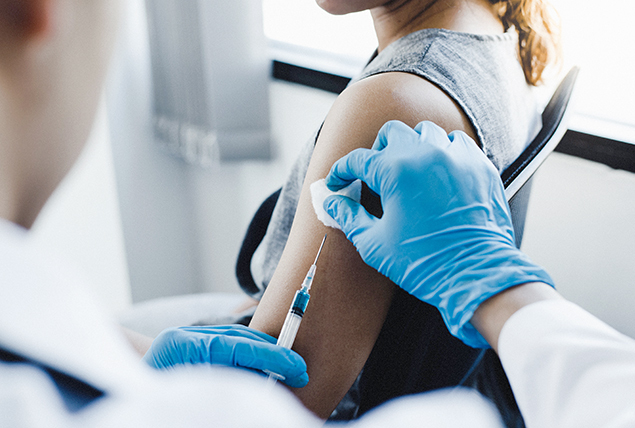Human papillomavirus (HPV) is the most common sexually transmitted infection (STI) in the United States. It's estimated that more than 42 million Americans are living with HPV, and about 13 million new cases will be diagnosed in 2023.
According to the Centers for Disease Control and Prevention (CDC), there are more than 100 strains of HPV, and it's likely virtually everyone will contract at least one strain at some point in their lifetime.













